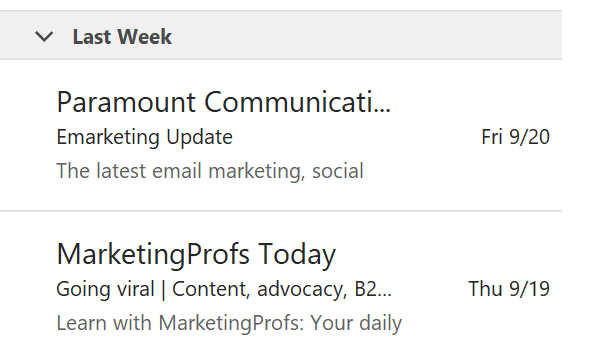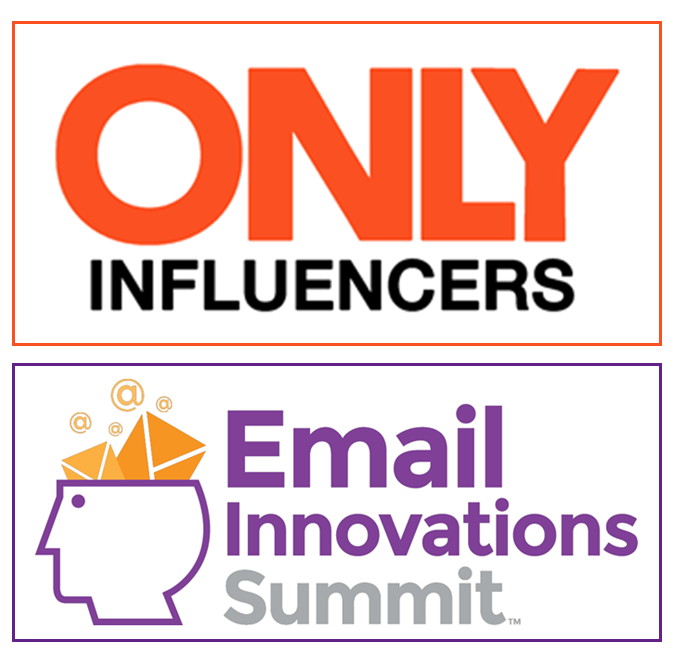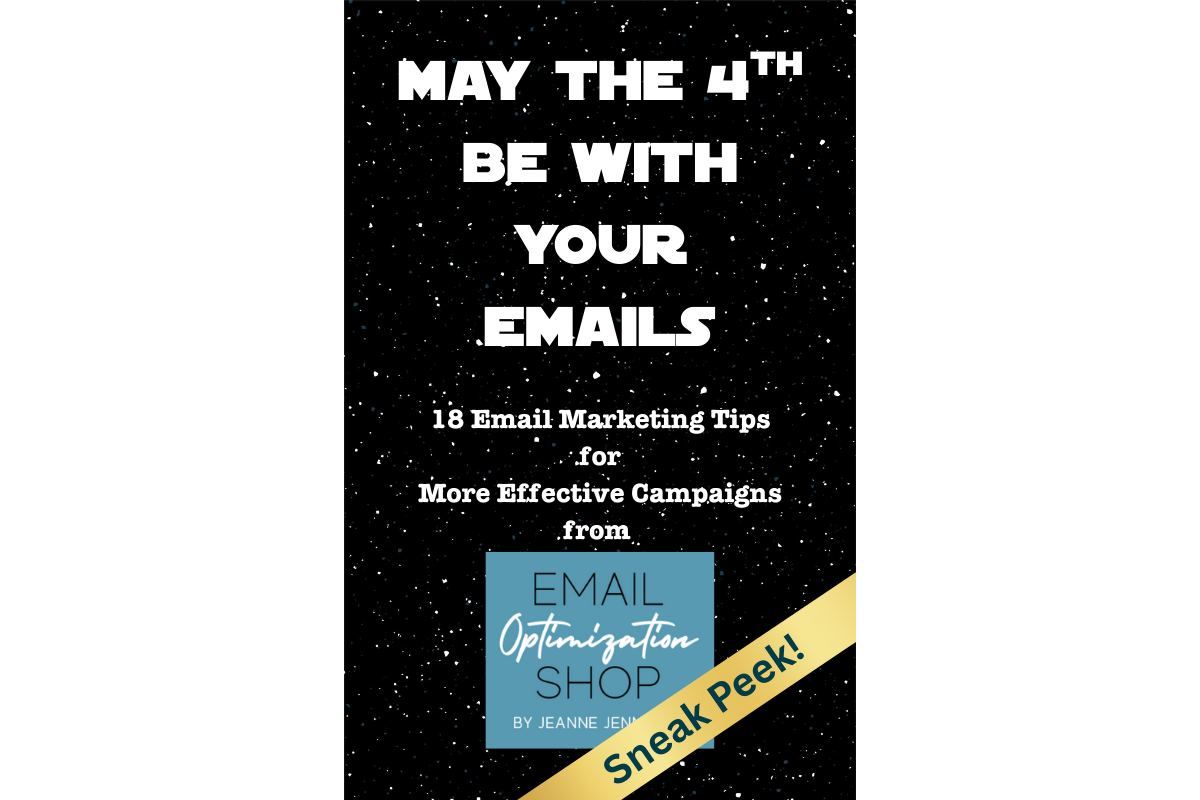If you’re working in the email marketing realm you certainly know what a subject line is. But can you separate fact from fiction in commonly held beliefs about subject lines? And do you know how to optimize them?
Read on to get the truth about four common subject line misconceptions and be dared to boost the performance of your email messages with your new knowledge.
Truth: Truncation Happens
You can really only guarantee that the first 25 characters of your subject line will be seen. This doesn’t mean that your subject line should only be 25 characters long — it just means that you’ll want to be sure the first 25 characters are engaging enough to drive your reader to open the email.
Case Study: 14.4% lift in revenue-per-email
A few years back I was working with a retailer on their Christmas emails. One of the areas we tested was subject line. Their standard format was the control; my re-imagined version was the test.

We saw a 14.4% boost in revenue generated per email sent, just by moving the offer into the first 25 characters of the subject line. All else about the two email messages was the same for the A/B split test.
Dare: Focus on Your First 25 Characters
In your next email campaign, make sure that your key message, the one that is going to entice the reader to not just open but also click on your message, is clearly and convincingly conveyed in the first 25 characters of your subject line.
Truth: Benefits Outperform Features
A feature is what something is; a benefit is how the feature is or may be beneficial to the reader. For example:

Which email would you be more likely to open? If you’re like most people, it’s the one with the benefit-oriented subject line.
Dare: Make Your Next Subject Line Benefit-oriented
In your next email marketing campaign, make a table of the features and benefits of whatever you are marketing. Then use items from the benefits column to craft your subject line.
Truth: ‘Free’ Won’t Send Your Email to the Junk Mail Folder
One of the most common myths about subject lines is that you can’t use the word ‘Free’ in them or your email will automatically be sent to the junk mail folder.
This myth stems from misconceptions about (a) content filters work and (b) how important content filters are to deliverability.
Content filters do scan your email for works, phrases or other elements that are commonly seen in spam email messages. They do assign a score for every “spammy” element that they find.
But… the score for using the word free is very low, even in the subject line. That alone will not divert delivery of your email to the spam folder.
Case in point: “free shipping.” It’s one of the most popular offers with consumers — and one of the most frequently touted promos in email messages. Just check your inbox for proof — a screenshot of messages in my inbox that have ‘free’ in the subject line follows.

But even if “free” did score significant points in content filters, content filters are no longer on the front lines of the war against spam. There are much better ways, primarily based on the sender’s reputation, that we now have to detect and divert spam before it reaches the inbox.
Dare: Use “Free” in Your Next Subject Line (if it’s appropriate)
The best way to overcome your fear is to face it head-on: so the next time you have an offer or any situation that could be described using the word “free,” use it in the subject line!
Truth: Content-focused Subject Lines Outperform Generic Ones
The subject’s line job is to engage the reader and get the open. Your email subscribers may have a strong enough relationship with your brand to get the open with a generic subject line, but probably not.
Here are two industry newsletters from my inbox; based on the subject lines, which would you be most likely to open?

If you’re like most people, it’s the second one. The Marketing Profs subject line provides some basic detail on the topics covered in the message. The Paramount Communications subject line is generic and the same every send, there’s no detail on what, specifically, is in this issue.
Dare: Make Your Next Subject Line Content-focused
There are many reasons that organizations rely on generic subject lines — most of them non-sensical. It doesn’t take a lot of time to create a unique content-focused subject line for each send. So the next time you’re sending an email, do it!
Even if you’re sending a completely automated email newsletter you can set it up so that the title of one of your items appears in the subject lines. Make it so.
In Closing…
So the next time someone tries to pass off a myth as true, don’t be shy! Let them know that you know better — suggest that they read up on their email marketing truths and dare them to go against their fictional best practice beliefs to boost their bottom-line email marketing performance!






